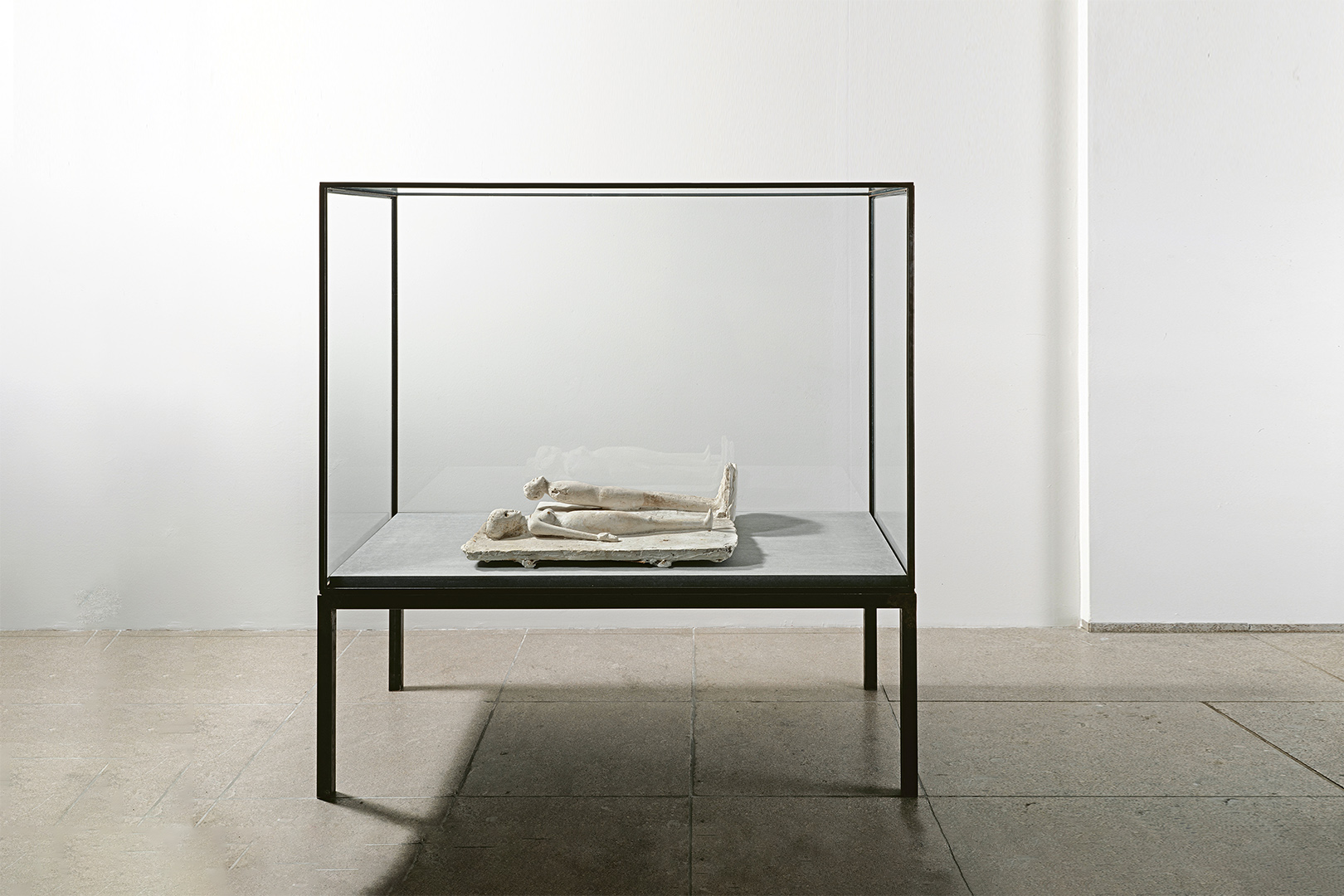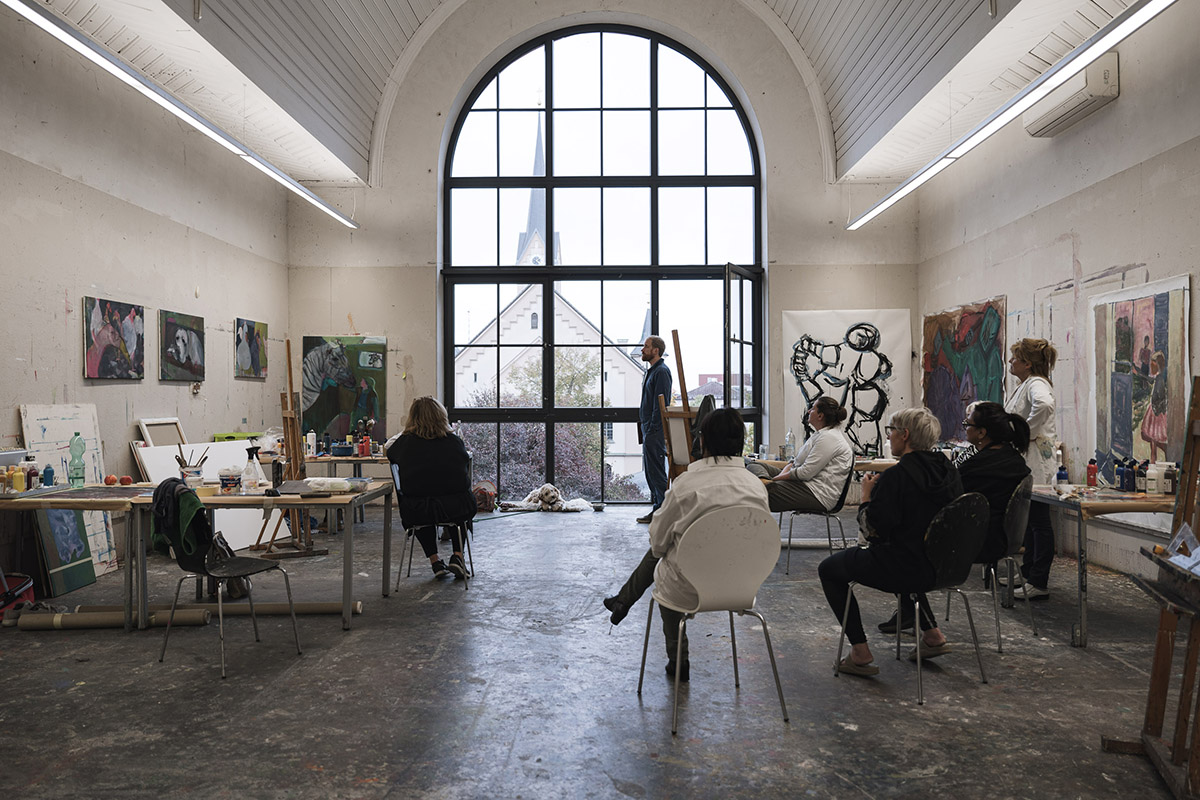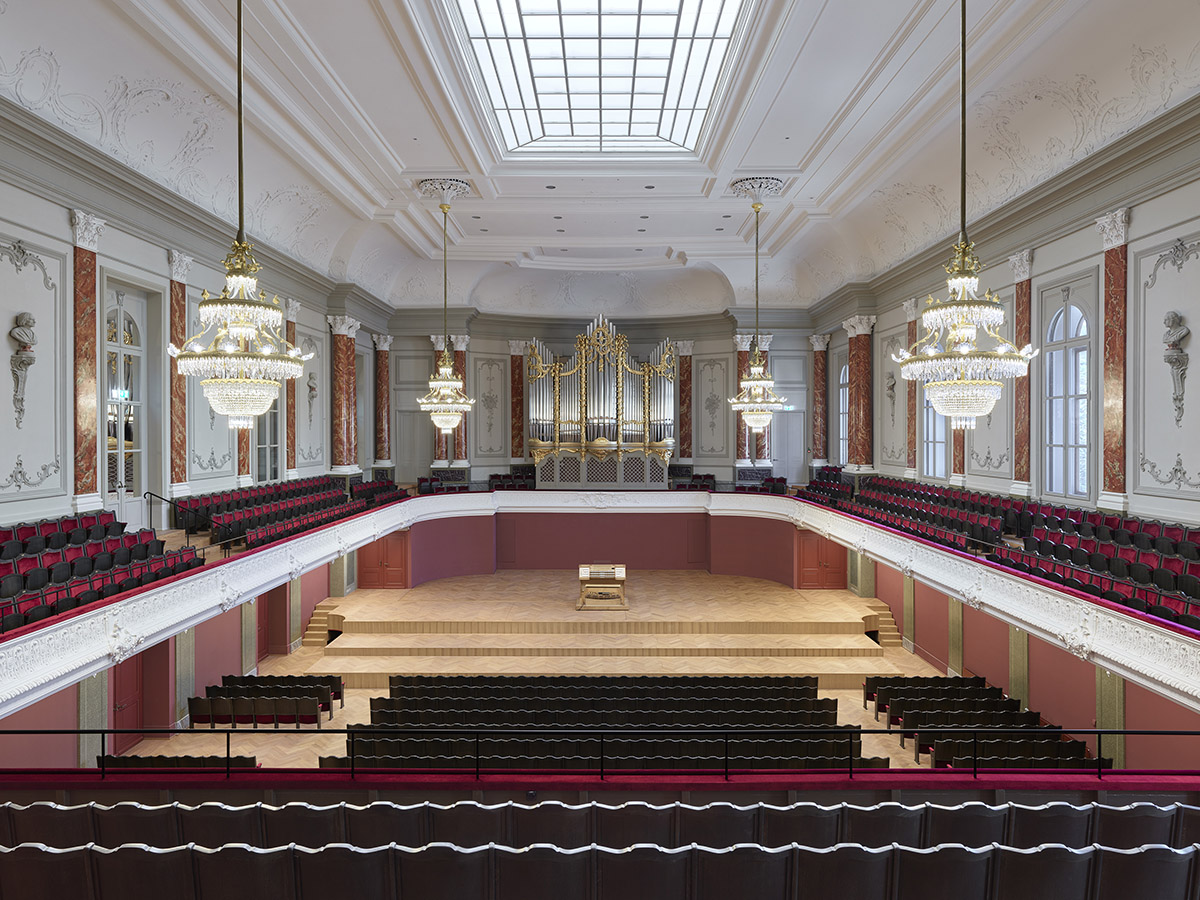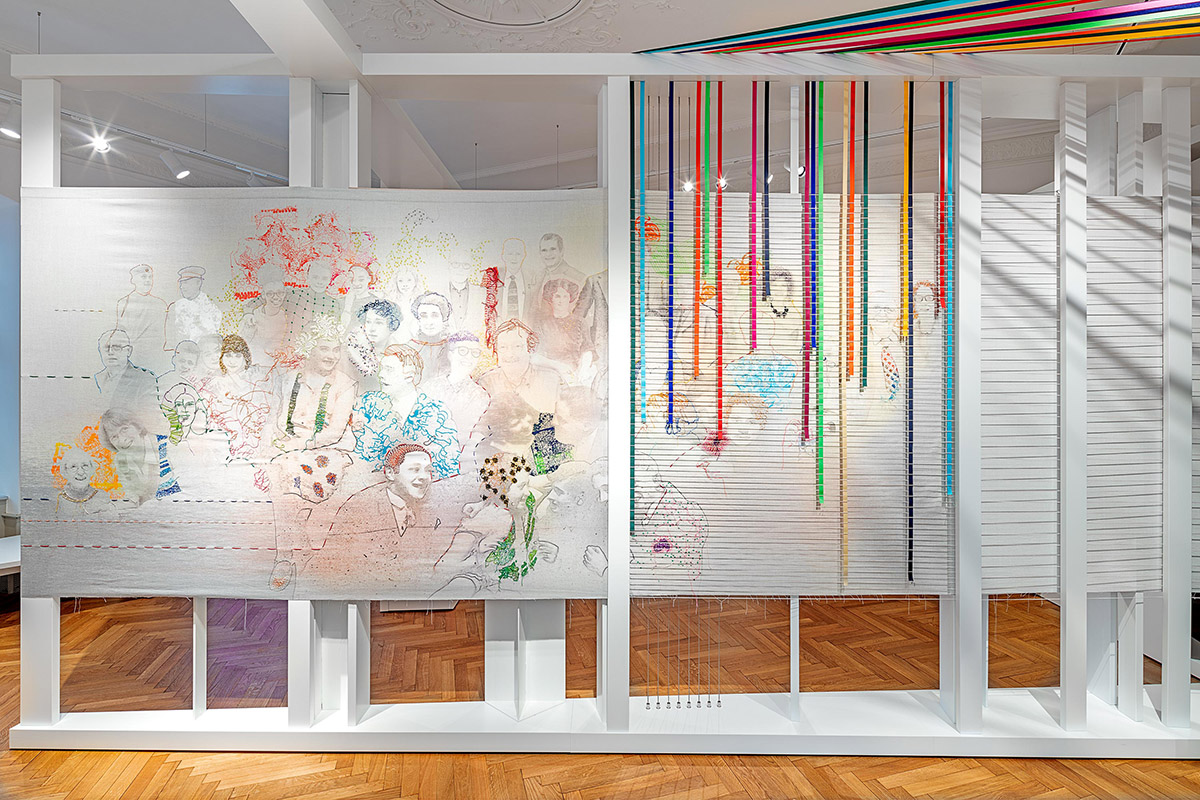Joseph Beuys: Important Sculptures from the 1950s – in London
Text: Marilena Stracke

Joseph Beuys, The Couple, 1952 - 1953, Plaster, Was, Wood, 77 x 60 x 20.5 CM, INSTALLED IN VITRINE: 164 x 160 x 72 Cm, Courtesy Bastian, © Joseph Beuys Estate
For the very first time, five unique early sculptures, made by Joseph Beuys in the 1950s, are being exhibited in the UK. From 20 September to 16 November, BASTIAN is pleased to present the sculptures together with various documentary photographs. The newly established London gallery branch of the Berlin-based headquarters is thus giving a rare insight into the early works of one of the most influential artists of the second half of the 20th century.
Last February, Berlin-based gallery BASTIAN opened its first international branch in London, and since then, it has shown continuous dedication to illustrating and promoting post-war German art in the UK. Following a solo show of German painter Ulrich Erben, this month, BASTIAN showcases early sculptures by Joseph Beuys, which is a perfect opportunity to explore the beginning of Beuys’ artistic journey.
Heiner Bastian, the founder of the gallery, was a close friend of Joseph Beuys and worked as his assistant for a very long time. Since 2016, Bastian’s son Aeneas Bastian has been successfully leading the gallery and brings Beuys’ works to London this September.

Joseph Beuys, Untitled (Sybilla), 1951, slate, engraving, watercolour, 33.5 x 46 cm, Mounted by the artist in zinc case sized 39.5 x 50.5 x 3 cm, Installed in vitrine: 183 x 154.5 x 63.5 cm, courtesy BASTIAN, © Joseph Beuys Estate
The exhibited pieces are from a time when Beuys had just found his own artistic language based on a deep comprehension of the inner logic of mythology. Hence, mythical references can be found throughout this stunning exhibition. “In his drawings and sculptures, Beuys documented his ‘leitmotiv’, the path of transformation from ‘nature to culture’ in our civilization,” says the gallery. “A wanderer between worlds, he became an artist/anthropologist, a shaman interested in natural phenomena, psychological processes and archetypal early-Christian motifs. In his visions, he imagined a modern world that would recognise the importance of our ancient spiritual spheres, as visible in the language of his work.”
A process of transformation is reflected by the sculpture The Couple, which Beuys created in 1952 to 1953. Here, two bodies, that of a woman and a man, are laid out next to each other on a bare stone base and are presented within a glass vitrine. According to the gallery, it at first evokes a feeling of infinite peace, the viewer then notices a deep cut in the woman’s throat – suggesting the idea that sleep and death are interconnected, as described in Homer’ss. In Beuys’ work, however, both bodies, passing from sleep to death, represent the intact state of mind and soul. In the artist’s words: ‘I would say man does not consist only of chemical processes, but also of metaphysical occurrences. The provocateur of the chemical processes is located outside the world. Man is only truly alive when he realizes he is a creative, artistic being […]’.

Left to right: Joseph Beuys, Hammer for the Hard of Hearing, 1959 – 1960, two objects in vitrine – first object: stockfish, newspaper, oil paint (Braunkreuz), needles, 58.5 x 38.5 x 6 cm; second object: wood, glass, cord, oil paint (Braunkreuz), 26.5 x 11.5 x 4.5 cm, installed in vitrine: 183 x 154.5 x 63.5 cm, courtesy BASTIAN, © Joseph Beuys Estate | Joseph Beuys, Untitled (Two Elks), ca. 1951, slate, engraving, watercolour, 33.5 x 39.5 cm, Mounted by the artist in zinc case sized 39.5 x 50.5 x 3 cm, Installed in vitrine: 183 x 154.5 x 63.5 cm, courtesy BASTIAN, © Joseph Beuys Estate
Another sculpture, Hammer for the Hard of Hearing, which Beuys made between the years of 1959 and 1960, sees a dried cod with hand-painted red coloured crosses of paper – for Beuys, this was a way to charge the matter with a spiritual kind of content, the gallery explains. Hung beside a seemingly makeshift hammer of wood and glass, both objects represent a deliberate interdependency of an organic, natural material with a man-made tool, the silent hammer, as he points out. The work’s title playfully alludes to the notion of sound as sculptural material and the contradiction of the silent hammer, which would break when used. Like with all the other incredible pieces of Beuys, one simply has to experience it, and the gallery makes exactly that possible, in London.
Since the artist’s death in 1986, Beuys has been the celebrated subject of various major exhibitions, not only in Germany and the UK, but also across the globe. This includes exhibitions at Tate Modern in London, at De La Warr Pavilion in Bexhill on Sea, at the National Gallery of Canada in Ottawa, at Moscow Museum of Modern Art and at Hamburger Bahnhof in Berlin.
As this new exhibition at BASTIAN is held at the same time as London’s legendary art festival Frieze, this is a perfect way to visit a great range of outstanding art shows in the British capital.
One thing is crystal clear: London is certainly calling.
BASTIAN 8 Davies Street London W1K 3DW Dates: 20 September – 16 November Opening hours: Tue – Sat, 10am – 6pm Contact: london@bastian-gallery.com www.bastian-gallery.com
Subscribe to Our Newsletter
Receive our monthly newsletter by email




